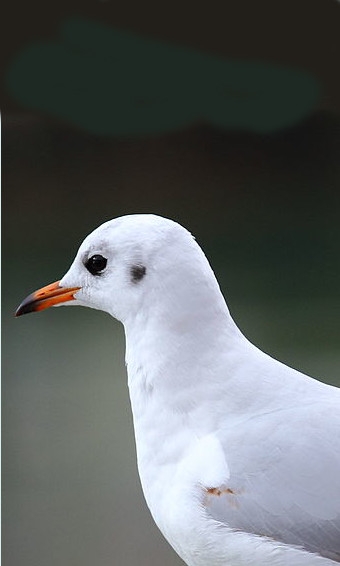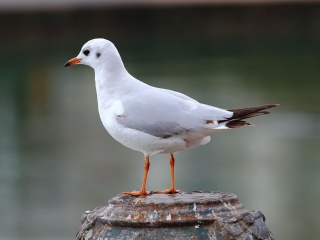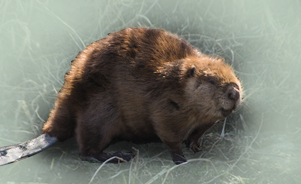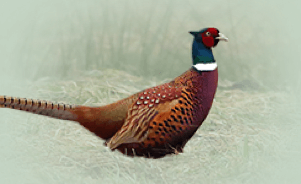The Black-Headed Gull Larus ridibundus

Features
The black-headed gull is the most common type of gull in Europe. The adult Black-headed Gull has a wing span of up to 100 cm.
| Species | Bird |
| Living space | Lake, Pond, Rivers, Streams, Swamp |
| Size | to 40 cm |
| Weight | 280 g |
Description
The whole head of an adult black-headed gull is a dark chocolate color. Their necks, chests, abdomens and tailbones are white, their backs and wings are a uniform asphalt gray and the edges of their tails and the tips of their wings are black. In winter, their chocolate hoods are replaced by white ones leaving only their black mark on the side of the head and near their earr. The feathers of young black-headed gulls contain more brown color and are more colorful. Black-headed gulls are social birds that gather into smaller or larger flocks. They searche for food in cities, ports, freshly ploughed fields or in various inland water bodies and, in doing so, often mix with other types of gulls. During the day, they are active omnivores, which feed on various invertebrates and their larvae as well as on seeds, nuts, etc. They also feed on human waste, particularly outside of the nesting season. They nest in colonies in April and May, mainly in hard-to-reach parts of inland waters. They are particularly and strongly attracted by remote, shallow and occasionally flooded areas and are also happy with slow flowing rivers and their deltas, lakes and swamps as well as artificial water bodies. They can be spotted year round.The Black-Headed Gull
on the habitat Temenica
The black-headed gull does not migrate during mild winters and can be seen in the Temenica habitat.

Features Temenica (3)
SPECIAL ogr.




